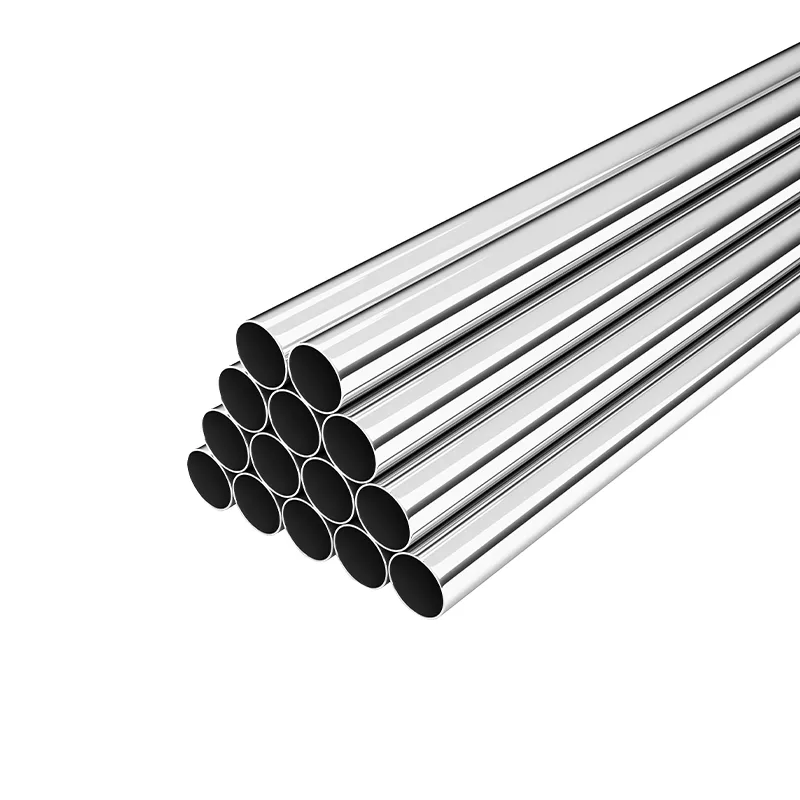
Cold-Formed Steel Tubes Versatility and Benefits in Modern Construction
In recent years, the construction industry has seen remarkable advancements in materials and engineering techniques. One notable development is the increasing use of cold-formed steel tubes. These structures, known for their strength, durability, and versatility, are revolutionizing how we build and design modern infrastructures. This article explores the characteristics, benefits, and applications of cold-formed steel tubes, highlighting their crucial role in contemporary construction.
What Are Cold-Formed Steel Tubes?
Cold-formed steel (CFS) tubes are created by shaping steel sheets or strips into tubular profiles at room temperature, a process that helps maintain the steel's mechanical properties. Unlike hot-rolled steel, which is heated and manipulated, cold-forming enhances the strength of the material without compromising its integrity. These tubes are typically manufactured in various sections, including circular, square, and rectangular shapes, making them adaptable to different applications.
Key Benefits of Cold-Formed Steel Tubes
1. Strength and Durability One of the primary advantages of cold-formed steel tubes is their high strength-to-weight ratio. They can withstand substantial loads and provide excellent structural support, which is particularly important in commercial and industrial applications. Their resistance to corrosion also makes them suitable for environments exposed to moisture and other corrosive elements.
2. Lightweight and Easy to Handle The lightweight nature of cold-formed steel tubes facilitates easier transportation and handling. This can lead to reduced labor costs and faster construction timelines. The reduction in weight also allows for less intensive foundation requirements, contributing to overall project efficiency.

3. Versatility in Design Cold-formed steel tubes can be easily manufactured into various shapes and sizes, granting architects and engineers creative freedom in their designs. This adaptability allows for innovative solutions tailored to specific project needs, whether in residential, commercial, or industrial settings.
4. Sustainability As the construction industry increasingly prioritizes sustainability, cold-formed steel tubes offer an eco-friendly alternative. Steel is 100% recyclable, and using modern manufacturing processes minimizes waste. Moreover, the production of steel involves fewer emissions compared to other materials like concrete, making it a more sustainable choice for builders.
5. Speed of Construction The fabrication of cold-formed steel tubes can be achieved quickly, enabling faster project completion. Additionally, many steel components can be pre-manufactured off-site, reducing on-site construction time significantly. This efficiency not only saves costs but also mitigates disruptions in urban construction environments.
Applications of Cold-Formed Steel Tubes
Cold-formed steel tubes find extensive applications across a variety of industries. In construction, they are widely used for structural support in buildings, bridges, and towers. The automotive industry utilizes cold-formed steel for manufacturing vehicle components due to its strength and lightweight characteristics. Additionally, these tubes are common in the energy sector, particularly in the construction of wind turbines and solar panel supports.
Conclusion
Cold-formed steel tubes represent a significant advancement in construction materials, combining strength, versatility, and sustainability. As the demand for efficient and environmentally friendly building solutions continues to rise, the role of cold-formed steel in various applications will undoubtedly expand. With their many advantages, these tubes contribute to the realization of innovative designs and enduring structures that meet the challenges of modern construction. The future of construction is bright, and cold-formed steel tubes are undoubtedly a crucial part of that vision.